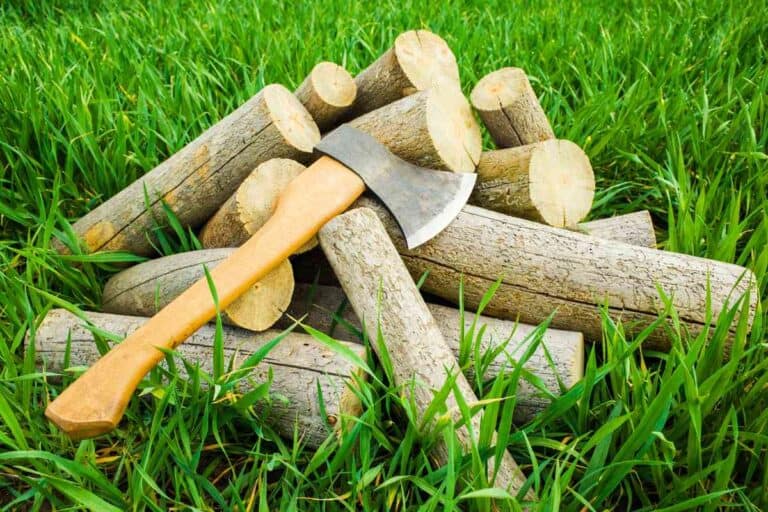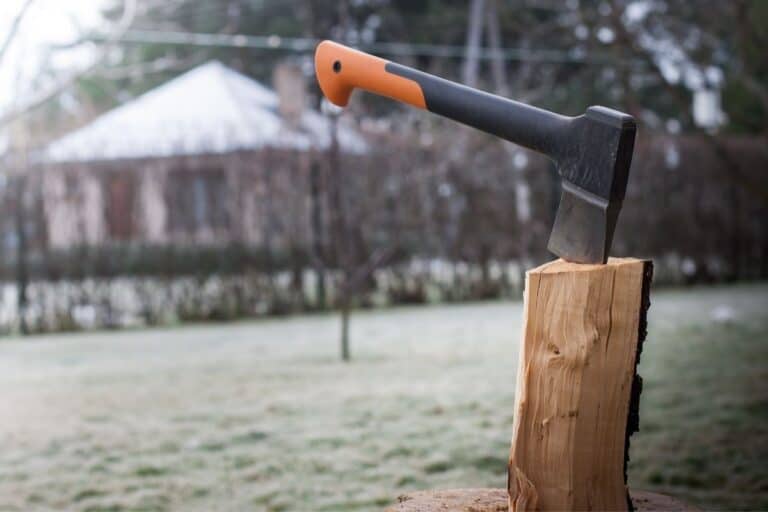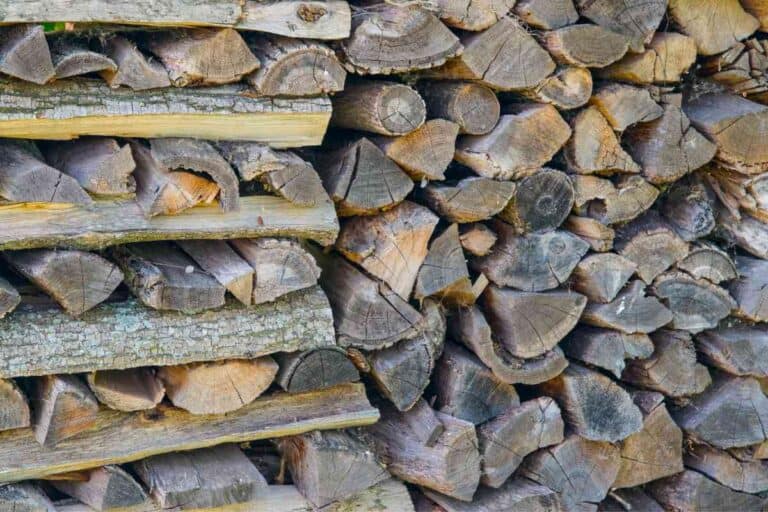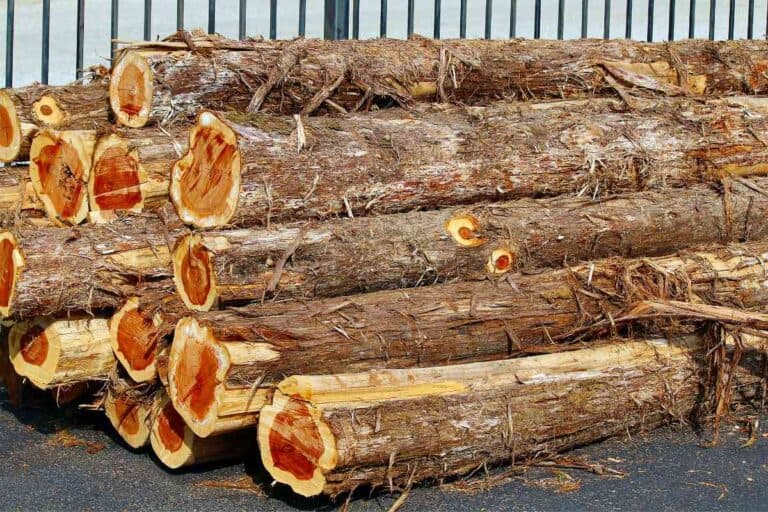Wood Stove Heat Exchanger: How It Works and Benefits
Harnessing the heat generated from wood stoves and utilizing it optimally is the underlying principle of a wood stove heat exchanger. By tapping into this traditionally lost energy, homeowners can achieve better heating efficiency and reduce energy costs.
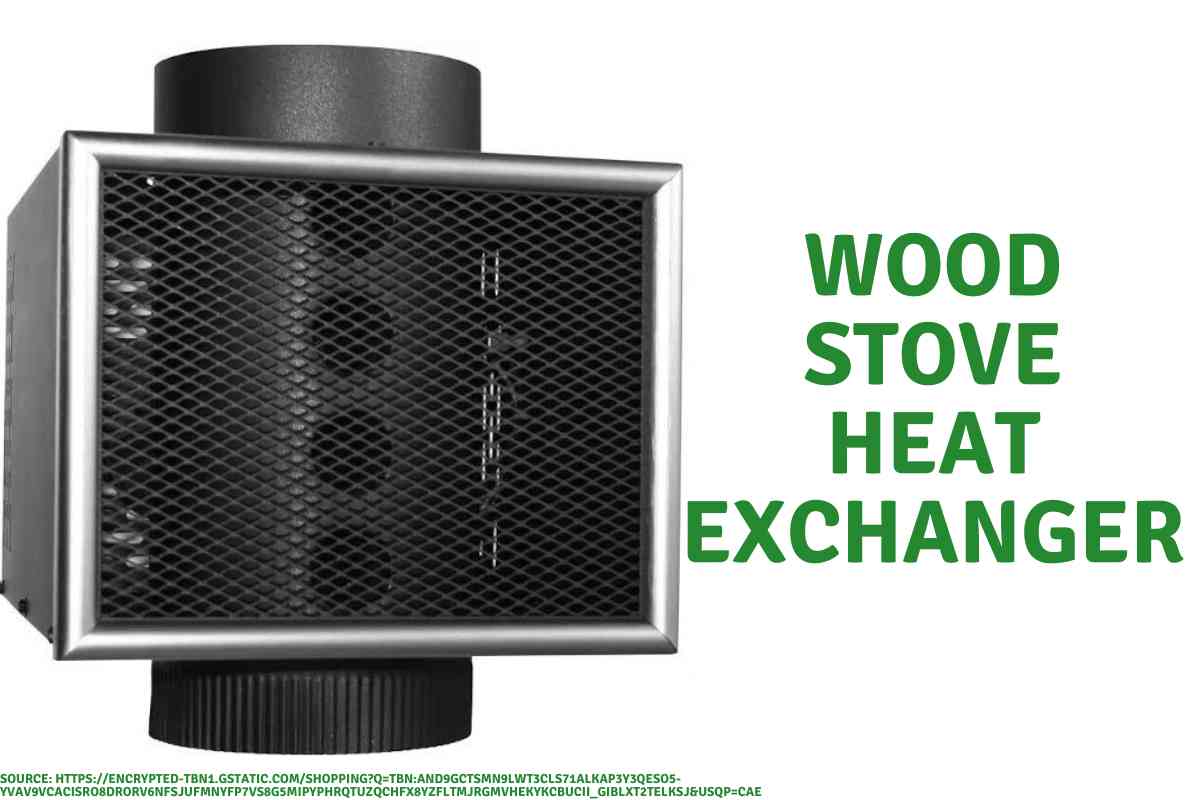
What’s a wood stove heat exchanger?
A wood stove heat exchanger is a device that can be installed on a wood stove to increase its efficiency. The heat exchanger works by extracting heat from the stovepipe and transferring it to a water jacket that surrounds the stove. The heated water can then be used for a variety of purposes, such as space heating, domestic hot water, or even heating a swimming pool.
A large portion of heat from a wood stove often escapes through the chimney. The heat exchanger’s primary function is to reclaim this escaping heat. By doing so, it maximizes the efficiency of the stove, ensuring more heat is used productively.
Heat exchangers operate on the principle of conduction. When the stove gets hot, its heat is conducted to the fluid, either water or air, that’s passing through the exchanger. This fluid then carries the heat and distributes it as required.
Delving Deeper into Wood Stove Heat Exchangers
Wood stove heat exchangers are an excellent innovation for those wanting to enhance the efficiency of their traditional wood stove. Understanding its working can provide homeowners and users with insights into optimizing its performance and ensuring that they get the most out of their heating system.
Types of Heat Exchangers and Their Working:
- Integrated Heat Exchangers: These are built directly into the stove’s design. As the stove burns wood and produces heat, the integrated heat exchanger captures the heat from the firebox and transfers it to the fluid, either water or air.
- Standalone Heat Exchangers: These are independent units that can be installed within the flue pipe or chimney. The exhaust gases, rich in heat, pass through this exchanger. The design of the standalone exchanger ensures maximum heat capture from these gases, which is then transferred to the fluid within the unit.
- Water-based Heat Exchangers: These are specifically designed to transfer the heat from the wood stove to water. The heated water can be circulated throughout the house, providing radiative heat. This method is particularly useful for homes with an existing water-based central heating system.
- Air-based Heat Exchangers: These transfer the heat from the stove directly to the air. Fans can assist in circulating the warmed air throughout the home.
Key Components and Their Functionality:
- Tubes or Fins: These are the primary components responsible for heat transfer. Designed to have maximum surface area, these components capture and conduct the heat from the exhaust gases to the fluid within the exchanger.
- Circulation System: Once the fluid, be it water or air, is heated within the exchanger, it needs to be circulated to deliver heat to the desired areas. This is achieved through a series of pumps (for water) or fans (for air).
Enhancing the Efficiency of a Wood Stove Heat Exchanger:
- Regular Maintenance: Ensuring that the tubes or fins are clean from soot and debris maximizes heat transfer.
- Optimal Circulation: Ensuring that pumps or fans are working efficiently ensures that the heated fluid is circulated optimally.
- Temperature Monitoring: Installing thermometers can help monitor the temperature of the exiting exhaust gases. If they are too hot, it means not enough heat is being extracted, signaling a need to optimize the heat exchanger.
Advantages of Wood Stove Heat Exchangers
The use of wood stove heat exchangers offers multiple advantages, making them a valuable addition to households relying on wood-burning stoves. Here’s an in-depth look at the benefits mentioned:
Increased Efficiency:
- Fuel Conservation: A heat exchanger ensures that the wood you burn produces maximum heat for your home. By harnessing the heat which usually escapes up the chimney, you’re maximizing the output of every log.
- Cost Savings: Over time, the money saved from needing less wood to achieve the same heating level can be substantial. This reduction in wood consumption translates directly into financial savings, particularly in colder regions where heating requirements are extensive.
Environmental Benefits:
- Lower Emissions: Efficient burning means less smoke and fewer pollutants released. The heat exchanger’s ability to utilize more of the produced heat means the wood burns more thoroughly, emitting fewer particulates and toxins into the atmosphere.
- Sustainable Heating: When sourced responsibly, wood is a renewable heating resource. Combined with the efficiency of a heat exchanger, this makes for a sustainable, eco-friendly heating option.
Simplified Installation:
- Flexibility: Whether you choose to buy a commercial unit or embark on a DIY project, there’s a heat exchanger solution to fit most setups. Their adaptable nature ensures they can be integrated into existing systems with relative ease.
- Guidance: Many manufacturers provide detailed installation guides, ensuring even those with limited DIY experience can benefit from a wood stove heat exchanger.
Enhanced Air Quality:
- Reduction in Pollutants: With a more complete burn, there’s a significant decrease in smoke and unburnt particles that can infiltrate your home, often leading to respiratory problems and exacerbating existing conditions like asthma.
- Safer Indoor Environment: By minimizing pollutants and ensuring efficient combustion, there’s a reduced risk of harmful gases like carbon monoxide accumulating in your living spaces.
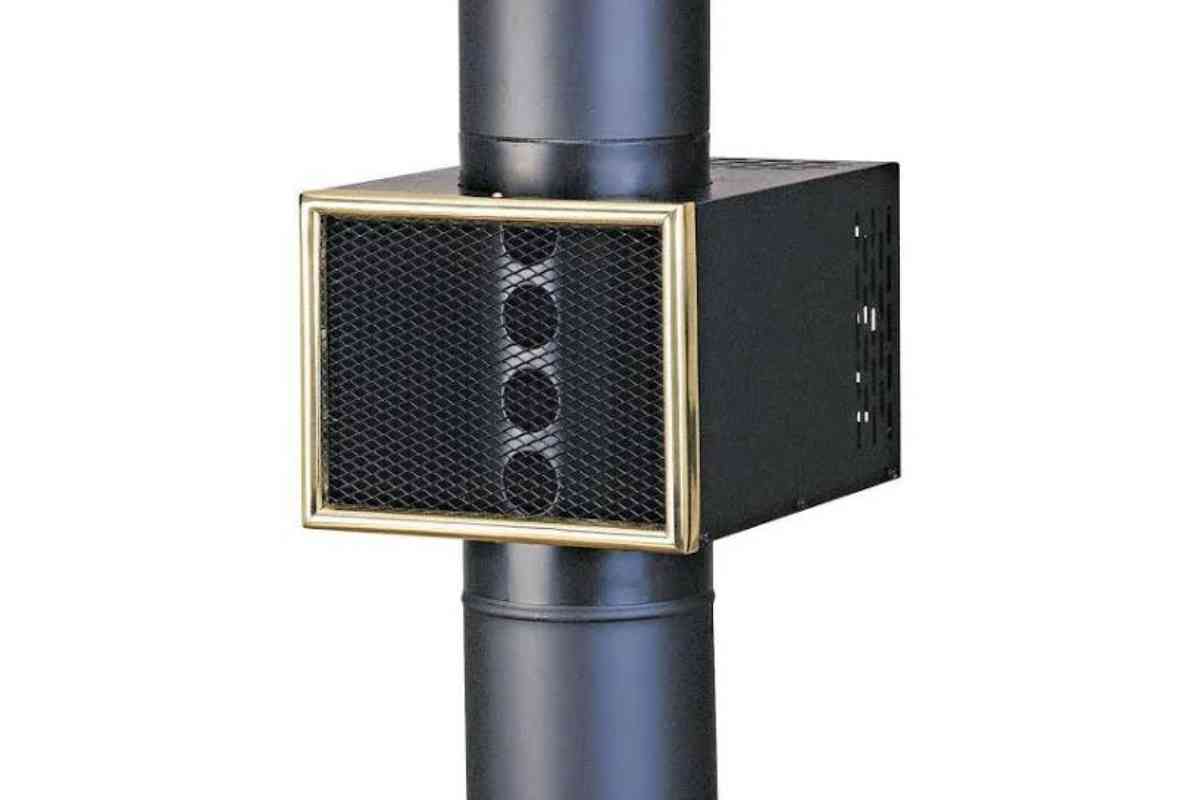
Picking the Perfect Wood Stove Heat Exchanger
When opting for a wood stove heat exchanger, making an informed choice is vital. This component will play a crucial role in optimizing the efficiency of your wood stove, thereby maximizing warmth and minimizing costs. Here’s an expanded look at the critical factors to keep in mind:
Size
- Proportions Matter: An exchanger too large or small for your stove may not work effectively. Proper fit ensures optimal heat capture and distribution.
- Space Constraints: Consider the space around your stove and the flue. A bulky exchanger might not only be ineffective but could also pose a safety risk or obstruct regular maintenance tasks.
Material
- Heat Transfer Capacity: Materials like copper are known for their excellent heat transfer capabilities, making them ideal for quick and efficient heat dissemination.
- Durability: Stainless steel offers corrosion resistance and longevity, ensuring your investment lasts longer. Consider the typical lifespan of the material under regular use.
- Cost Implications: The choice of material can significantly influence the price of the exchanger. Strike a balance between affordability and material efficiency.
Efficiency
- Maximize Savings: The core purpose of a heat exchanger is to save on heating costs. Ensure the efficiency rating aligns with this goal.
- Environmental Impact: Higher efficiency also means cleaner burning and reduced emissions, making it an eco-friendlier choice.
Compatibility
- Avoid Mismatches: An incompatible heat exchanger may not only be ineffective but could also damage your stove or pose a fire risk.
- Brand and Model Specifics: Some manufacturers design exchangers tailored to specific stove models. Always cross-check model numbers and specifications.
Installation
- DIY vs. Professional: If you’re comfortable with DIY projects and the exchanger comes with clear instructions, you might opt for self-installation. However, if you’re unsure, always go with a professional to guarantee safety and functionality.
- Costs: Professional installation will be an added expense. Budget for this to avoid surprises.
- Warranty Implications: Some manufacturers might void the warranty if the exchanger isn’t professionally installed. Read the fine print.
Installing and Maintaining a Wood Stove Heat Exchanger
Using a wood stove heat exchanger is a savvy move for those who rely on wood stoves for their home’s warmth. But, like any appliance or addition to your home, it requires proper installation and periodic maintenance to ensure its longevity and optimal performance.
Installation Steps:
- Location Selection:
- Accessibility: Ensure that the chosen location is easily accessible for periodic cleaning and maintenance.
- Proximity: It should be near your wood stove for optimal heat capture.
- Dimensional Accuracy:
- Double-check the measurements. The heat exchanger should fit snugly in the designated space, avoiding any forced fitting or gaps.
- Proper Installation:
- Always refer to the manufacturer’s guidelines. This ensures that the warranty remains valid and that the exchanger is fitted safely.
- Sealing: Use high-temperature silicone caulk to prevent any unwanted air leaks. This enhances the efficiency and ensures safety.
- Connection:
- Depending on your existing system, connect the heat exchanger. Whether you’re relying on a pump or a gravity flow, ensure the connection is secure.
- Testing
- Before you make the system a part of your daily life, test it. Check for any leaks, ensure proper flow, and monitor the temperature distribution.
Maintenance Tips:
- Regular Cleaning
- A clean heat exchanger performs optimally. Use appropriate tools, like a wire brush, to scrub off any soot or creosote buildup.
- Remember, creosote is flammable. Regular cleaning is not just about efficiency, but safety too.
- Periodic Inspection
- Keep an eye out for any signs of damage. This includes cracks, corrosion, or any visible wear and tear.
- Address any issues immediately. A small problem, if ignored, can snowball into a significant concern.
- Seal Checks
- Inspect seals and connections periodically. Even minor leaks can impact efficiency and could be potential safety hazards.
- Performance Monitoring
- Every once in a while, assess the heat exchanger’s performance. If you notice any inefficiencies, it could be a sign that maintenance is due or there’s an underlying issue.
Conclusion
Wood stove heat exchangers are a great way to increase the efficiency of your wood stove and make the most of the heat it produces. By capturing heat that would otherwise be lost through the chimney, a heat exchanger can help you save money on heating costs and reduce your carbon footprint.
When choosing a wood stove heat exchanger, it’s important to consider factors such as size, material, and design. A heat exchanger that is too small or made of low-quality materials may not be effective, while one that is too large may be difficult to install and maintain.
Overall, a wood stove heat exchanger can be a valuable addition to your home heating system, but it’s important to do your research and choose the right one for your needs. With the right heat exchanger, you can enjoy a warm, comfortable home while also reducing your impact on the environment.

